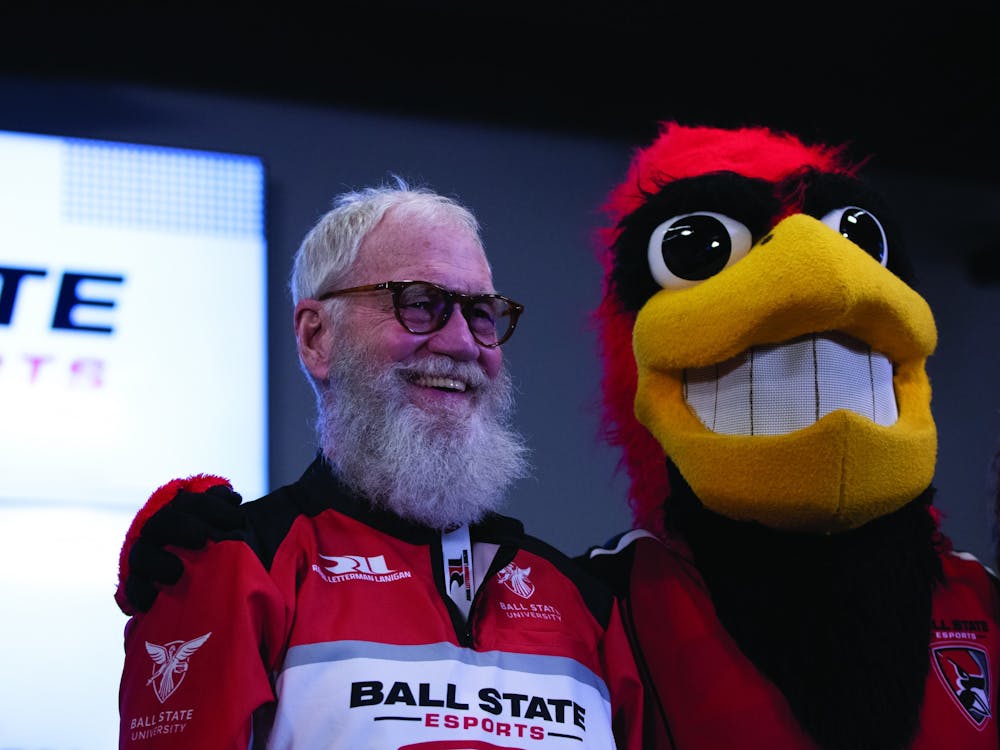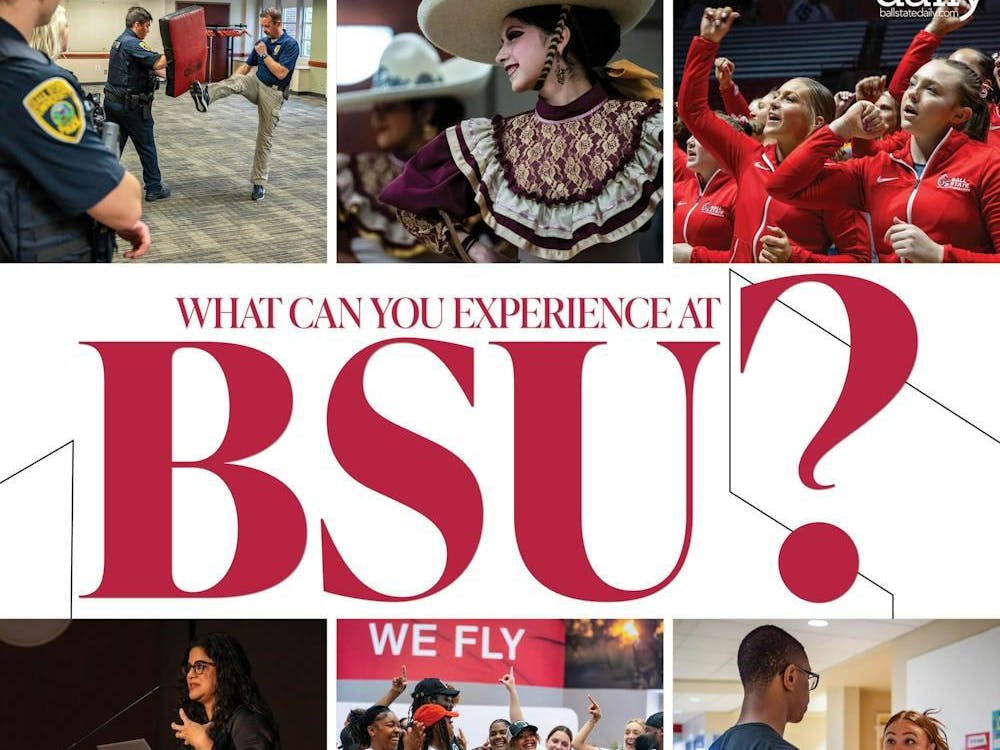Frankly, I don't enjoy social media as a past time. I have neither Facebook nor Twitter.
Regardless, on the Friday before the Super Bowl, I found myself sitting in an office at the corner of South Meridian and East Maryland streets in Indianapolis staring at a computer screen with five Twitter feeds on display. I was a volunteer in Raidious' Super Bowl Social Media Command Center.
According to Raidious's website, it is a company that produces information and news content for social media platforms and also performs digital media strategy for outside clients. Its role in the Super Bowl was to monitor tweets regarding the event and provide information and feedback to people within the Super Bowl Village and surrounding areas.
Each feed before me featured tweets from different keywords. For instance, at one point, I was viewing tweets regarding traffic, parking, bathrooms, pedestrians and Super Bowl mentions. When I saw people saying they could not find parking, I would send them up-to-date maps of where parking was available. When people said they could not find restrooms, I sent them maps displaying the nearest facilities.
Just as a newspaper sends its stories to a copy editor before printing them, I sent my tweets to an official who approved or edited them before publishing them to the @SuperBowl2012 account.
Thus, as I sat in front of those five Twitter feeds, I began to see social media as more than just an outlet for mindless remarks. Rather, I saw social media as a tool for news organizations to provide immediate and specialized information to the general public.
My respect for social media grew almost in conjunction with the growing number of people entering the Super Bowl Village. As the crowd neared 200,000, and the streets grew packed, I witnessed Twitter transform from a platform for social content to a platform for emergency information.
The Indianapolis Department of Public Safety and other such organizations increasingly tweeted information about road closures and efforts to maintain crowd control, and we at the center provided any information possible regarding public safety and comfort.
It is sometimes hard for modern journalists to accept the inadequacies of traditional media and embrace new technology. It can also be difficult to audiences to view social media as a legitimate source of news. My experience at Raidious, though, showed me the many benefits of utilizing social media as a channel for mass publication.
Managing information about everything from restaurant maps to emergency street closures, the versatility and efficiency of Twitter allowed us to share details quickly to enhance the overall experience of our followers.
If nothing else, my experience at Raidious taught me to find creative ways to utilize such tools to their fullest capacity. We can't shut ourselves away from developing technology, and though I do not see myself opening private social media accounts anytime soon, I look forward to using such media platforms increasingly in the workplace. Who knows? Maybe I'll see you in cyberspace.




